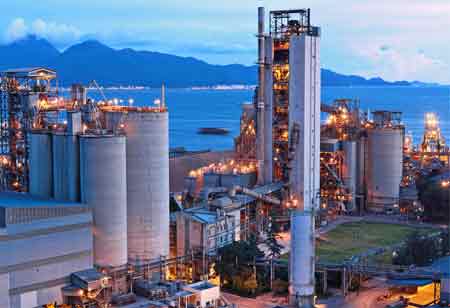THANK YOU FOR SUBSCRIBING
Impact of the Corona Wave on Asia's Manufacturing Sector
Asia’s factories have undergone a roller coaster ride since the outbreak of coronavirus in the APAC regions

By
Apac CIOOutlook | Thursday, May 07, 2020
Stay ahead of the industry with exclusive feature stories on the top companies, expert insights and the latest news delivered straight to your inbox. Subscribe today.
Asia’s factories have undergone a roller coaster ride since the outbreak of coronavirus in the APAC regions
Fremont, CA: All factory activities across Asia came to a halt in March as coronavirus pandemic paralyzed economic activity across the globe. As export powerhouses took a steep fall, Japan and South Korea have begun to tower over the modest improvements in China.
The manufacturing industry also took a tumble in Indonesia, Vietnam, and the Philippines. The Purchasing Managers’ Index (PMI) survey underscored the widening damage resulted due to the pandemic that has spread to more than 700,000 people, upended supply chains, and forced cities to establish lockdowns worldwide.
China’s factory activity only saw an improvement by the end of March, after it stooped low a month earlier, as reported by a private business survey. This growth was limited, marginal, highlighting the immense pressure that businesses are facing severe domestic and international demand slumps.
While factories in China are gradually restarting their operations after extended shutdowns and the fall in virus cases has enabled the country to apply relaxation on travel restrictions. Activities in South Korea shrank at its fastest pace seen in 11 years as several trading partners imposed strict measures to curb the spread of the virus.
Japan’s factories contracted quickly in March, adding to views that the world’s third-largest economy is likely in recession too. A separate “tankan” survey by the Bank of Japan revealed recently that business sentiment sourced to a seven-year low in the three months to March, as the outbreak spreads from sectors to hotels and even carmakers.
China’s Caixin/Markit Manufacturing Purchasing Managers’ Index (PMI) increased to 50.1 last month, from the lowest recorded in February of 40.3, and just a notch above the 50-mark that separates growth from contraction.
South Korea’s IHS Markit PMI plunged to 44.2, its lowest since January 2009 when the economy was reeling from a global financial crisis. The index was 48.7 in February.
Japan’s PMI dropped to a seasonally adjusted 44.8 from a reading of 47.8, its lowest score since April 2009. The ruling coalition has called on the government to furnish a response package worth a minimum of 60 trillion yen, with 20 trillion in direct spending.
The consultancy expects global gross domestic product (GDP) to fall by more than 3 percent this year.
Policymakers across the globe, including in Asia, have agreed to allot massive monetary and fiscal stimulus measures in an effort to mitigate the economic fallout after the pandemic attack, to keep cash-starved businesses afloat and save many jobs. But, most measures have displayed loopholes that needed immediate attention, as it damaged corporate funding and shore up banking systems amid worries of a credit crisis.
The International Monetary Fund reported that the pandemic was already pushing the global economy into recession, calling on countries to respond with everything to avoid bankruptcies and emerging market debts, defaults.





